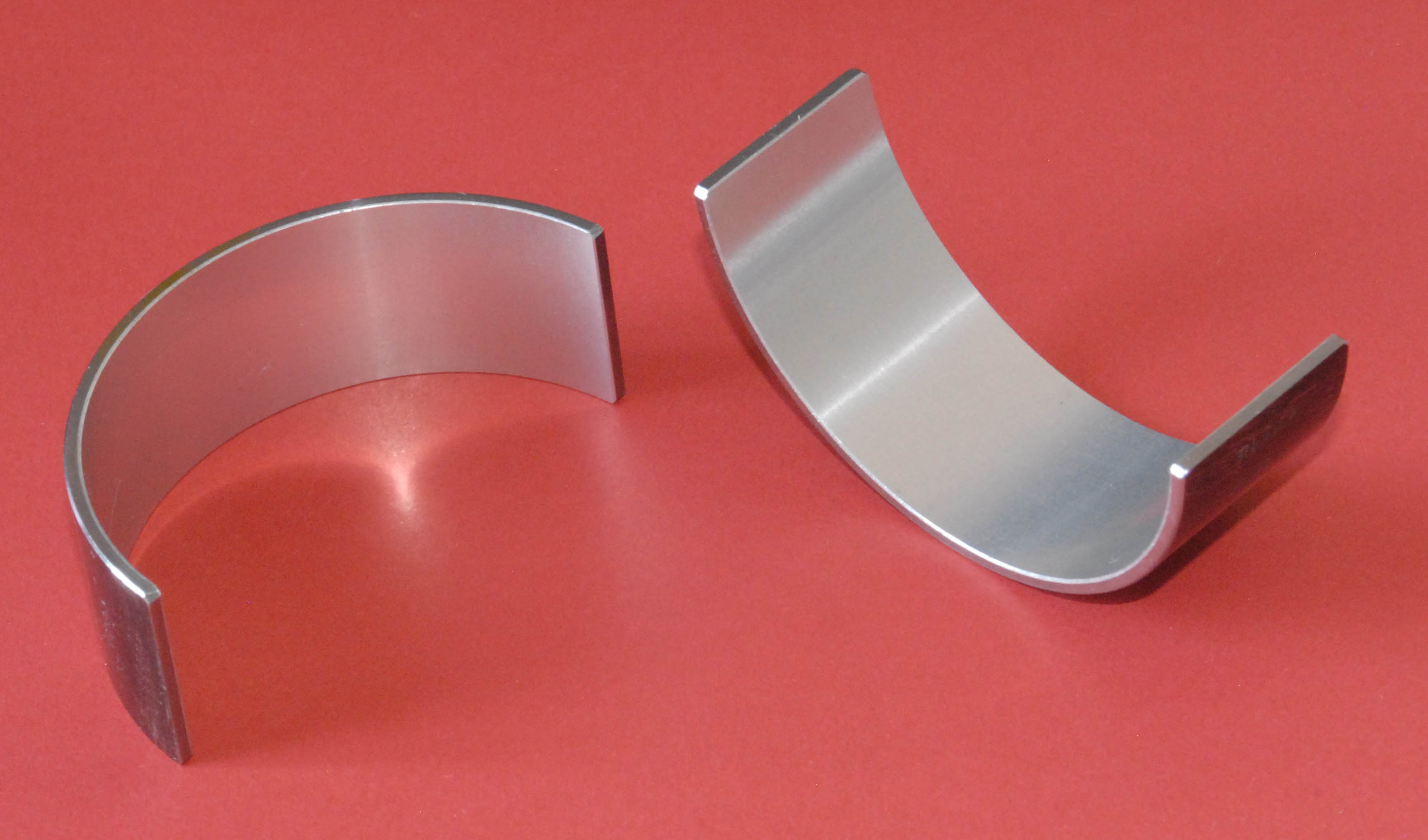Innovative bearings
Life is a compromise. As engineers we are all familiar with the principle of ‘give and take’, and once the problem is identified, until now we have always managed to come up with a workable solution which, if not altogether perfect, suits most of the people most of the time. Rather like engine plain bearings.
A plain white metal, bi- or tri-metal engine main or big-end bearing has to cope with a range of conflicting requirements. First, it has to be strong enough to support the loads. As engine speeds increase along with combustion loads, this is fast becoming a critical issue and where once simple bi-metal designs may have coped, stronger, more expensive, tri-metal units, often based around copper, are increasingly being used. As well as being stronger, the copper performs another function in that it conducts heat so much better than other materials.
A third characteristic of a plain bearing – and one which is ignored at your peril – is the idea of ‘embedability’, the ability to trap small pieces of dirt in its surface. This quality is essential in the early life of the unit, given that the surface of the bearing where it makes contact with the crankshaft journal has to be soft enough to ‘soak’ up those tiny bits of dust or metal swarf inevitably found in a new engine just after it’s been built. These are the result of machining operations or airborne dirt which, unless medical standards of cleanliness are pursued, can never be completely removed during manufacture.
At the same time the bearing also has to be capable of deforming to the shape of the crankshaft as it rotates during the initial period of minutes or hours of running. This would also appear to be essential if we are to avoid early-life bearing failure, and seems to be particularly important as lubricating oils get thinner. The strength of the tri-metal bearing therefore has to be compromised by adding a conformable surface layer or overlayer, which is comparatively soft and can melt and simply disappear if too much heat is generated.
In a tri-metal bearing design the steel-backed high-strength copper-based lining is initially electroplated by a micro-thin nickel layer, onto which the much softer tin-based overlayer is deposited. The nickel acts as a form of barrier, preventing the diffusion of the tin migrating away from the overlay and reducing its strength.
Wouldn’t it be nice though if we could add yet another layer which after a period of time would diffuse into the overlayer and gradually make it harder. Thus after the period when the risk of swarf and running-in debris had passed or been absorbed by the soft overlayer, components in this fourth layer would slowly diffuse outwards to the overlayer and, once in situ, work towards strengthening it and helping it support greater loading. Well I am reliably informed that this now is the case, and the addition of this ‘diffusion’ layer, once fully absorbed into the initially soft outer layer, increases its strength by an extra 15%!
‘Having your cake and eating it’ seems to be the term that springs to mind.
 Fig. 1 - The four-layer bearing
Fig. 1 - The four-layer bearing
Written by John Coxon